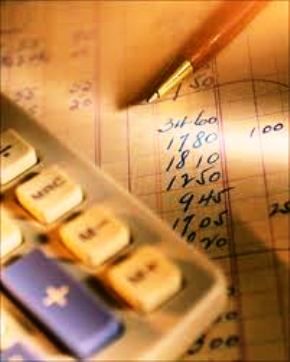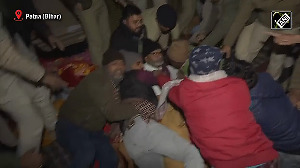 The balance of payments crisis of 1990-91 saw a sharp depletion of foreign exchange reserves.
The balance of payments crisis of 1990-91 saw a sharp depletion of foreign exchange reserves.
It was the growing fiscal imbalances of successive governments that worsened the situation, sparked by the first Gulf war.
Large fiscal deficits of governments, over time, had an impact on trade deficit, resulting in an external payments crisis.
In 1990-91, the Centre’s fiscal deficit surged to 7.84 per cent of gross domestic product.
Combining the fiscal deficit of states at 3.1 per cent of their respective GDPs, India had a huge gap between the governments’ expenditure and receipt, at 9.03 per cent.
The Centre’s fiscal deficit kept crossing the six per cent mark in some later years and the combined deficit did surpass nine per cent.
The government took some reform measures, but nothing stopped it from running a high fiscal deficit.
As regards states, the Centre’s plan of debt swap and value-added tax helped those fare much better than the Centre.
From 2005-06, the states’ total fiscal deficit never crossed three per cent, though the Reserve Bank of India had some reservations on their off-Budget liabilities.
In 2003, the Fiscal Responsibility and Budget Management Act came in, binding the Centre to fiscal deficit targets by 2008-09 and to explain the reasons to Parliament if it breached those.
The Centre’s fiscal deficit was to come down to three per cent by 2008-09 from 5.73 per cent in 2002-03, according to the Act.
It was this and a recent fiscal consolidation road map that would work against profligacy.
But, the fiscal deficit was never pared to three per cent.
This was because of the global financial crisis, due to which the government had to cut excise duty six percentage points, service tax two percentage points and step up public expenditure.
The stimulus package’s cost was Rs 1.86 lakh crore, raising the Centre’s deficit to 5.99 per cent and India’s to 9.38 per cent.
Next year, the Centre’s fiscal deficit was 6.48 per cent and the combined one was 9.38
But, the government did take further corrective measures by raising excise duty two percentage points in 2011-12.
Even then, the Centre’s deficit turned out huge at 5.7 per cent of GDP in 2011-12.
Starting 2012-13, the government has come out with a revised consolidation plan by which deficit would be cut to 5.3 per cent in the first year and to three per cent by 2016-17, the terminal year of the 12th Plan.
In 2012-13, the Centre did manage to cut its deficit to 4.9 per cent, much lower than the Budget estimate of 5.1 per cent and revised estimate of 5.2 per cent.
But for that, the government had to resort to huge expenditure compression, despite excise duty and service tax rates being raised two percentage points to 12 per cent each.
“I think we are in the process of consolidation. It is budgeted at 4.8 per cent of GDP for the current financial year,” Prime Minister’s Economic Advisory Council Chairman C Rangarajan said.
He doesn’t think the deficit is going to be as grave as during the BoP crisis period.
But then, the depreciation of the rupee against the dollar will increase subsidy to oil marketing companies and the food security scheme will also lead to a higher subsidy.
“We are required to make adjustments. . . We will have to make extra efforts to reach the 4.8 per cent target.
The situation is very different this time from the BoP crisis period,” Rangarajan asserted.
CRISIL Principal Economist D K Joshi also said the situation was not as serious, though there were pressure points on public finance.
“In 2012-13, the government cut plan expenditure. In the election year, it might not be so.
"Besides, revenues might be impacted due to the slowdown.
"Our estimate for the fiscal deficit is 5.1 per cent of GDP for the current financial year,” he said.
However, corrective measures would save the economy from a BoP crisis repeat, he said.
More than the fiscal consolidation road map, the measures to align fuel prices to market rates would help the exchequer, he said.












 © 2025 Rediff.com -
© 2025 Rediff.com -